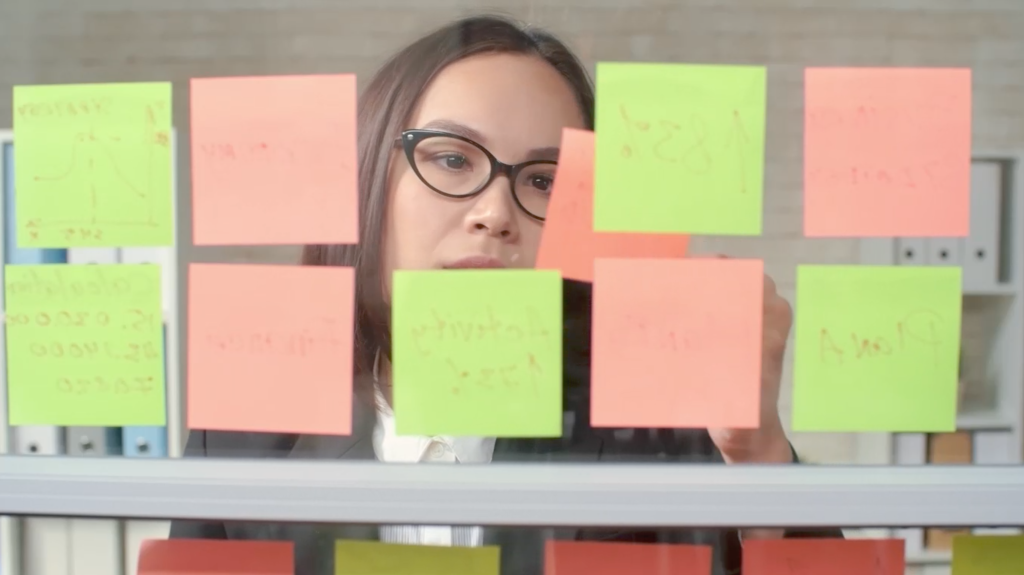UCreate Media Design Best Practices
 When developing educational media for your course it’s important to consider HOW this media will connect within the overall course design. Here are a few questions you might want to ask as you begin to plan out your recordings:
When developing educational media for your course it’s important to consider HOW this media will connect within the overall course design. Here are a few questions you might want to ask as you begin to plan out your recordings:
- Which course learning outcomes is this media connecting to?
- How/where will I be delivering this media (canvas course, f2f class, etc)?
- Why is video the best format for this learning material (visually present a concept, demonstrate something, enhance engagement)?
- What accompanying learning material will this media connect to (written intro or preamble in Canvas, formative review questions or reflective activity to follow, discussion questions, etc.)?
- How might I assess the students’ learning related to this media.
Designing your Media
Making a plan before you arrive will ensure you get the most out of your recording session time and your media will have the impact you intend. Creating videos is an effective way to deliver presentations to supplement lectures as well as reinforce and emphasizing concepts that are harder to explain. The UCreate Studio is a great facility for creating lectures for use in online and distance education or a for use in a flipped classroom. Like with any curriculum design, its best to have a plan and make sure the anticipated outcomes are clear before you start. Ask yourself, why is it important to present this material using video? How will I use this video along side my other course materials? How will I integrate active learning opportunities into and around this video recording? An Instructional Designer in Media Production can help you think through your media design and come up with a plan to help ensure your media serves the outcomes you intend.
Pre-production
A little pre-production planning can save you a lot of time down the road. Preparing your presentations visual elements as well as giving yourself some talking points for each video can be helpful when it comes time for your session. Making use of the Media Production DIY Script Template can help you organize what you’re going to say and do in your recording.
“Chunking” Best Practices
You may already have a number of presentations and lectures prepared from your face-to-face class, but remember that without the ability to see your audience and without their ability to ask questions, or interact with you in real time you may want to consider “chunking” your presentations into more digestible pieces. A 30 minute lecture can feel a lot longer when students are watching a small screen and have no way to ask questions or show confusion with body language. The recommended length for most educational videos is 5-15 minutes in length. Often the shorter the better, which is why it’s a good idea to look at your presentations for logical places to start and stop a new concept or topic.
It’s recommended to try and create short concise videos that present a single concept at a time. These short segments can then be supplemented with some text, examples, learning activities, and opportunities for formative learning assessment such as review questions, reflection exercises, or check your knowledge quizzes. Canvas provides an excellent platform for mixing written text, embedded readings and interactive components with video and collaborative peer-to-peer discussion tools. Consider how these videos will be delivered along side these other elements of your overall course design.
Here are a few additional resources to help you consider how best to “chunk” your learning materials into effective bite sized segments.
- What is Chunking? WHY Does it matter for online course design?
- A more in-depth look at chunking and sequencing your online course materials
- Organizing Content Overview: Course Design Plan – https://youtu.be/FRGKPX9Yo8o
- Organizing Content Overview: Chunking Content – https://youtu.be/gLvxNOt-qA4
- Organizing Content Overview: Sequencing Content – https://youtu.be/2CRX_O3BafI

